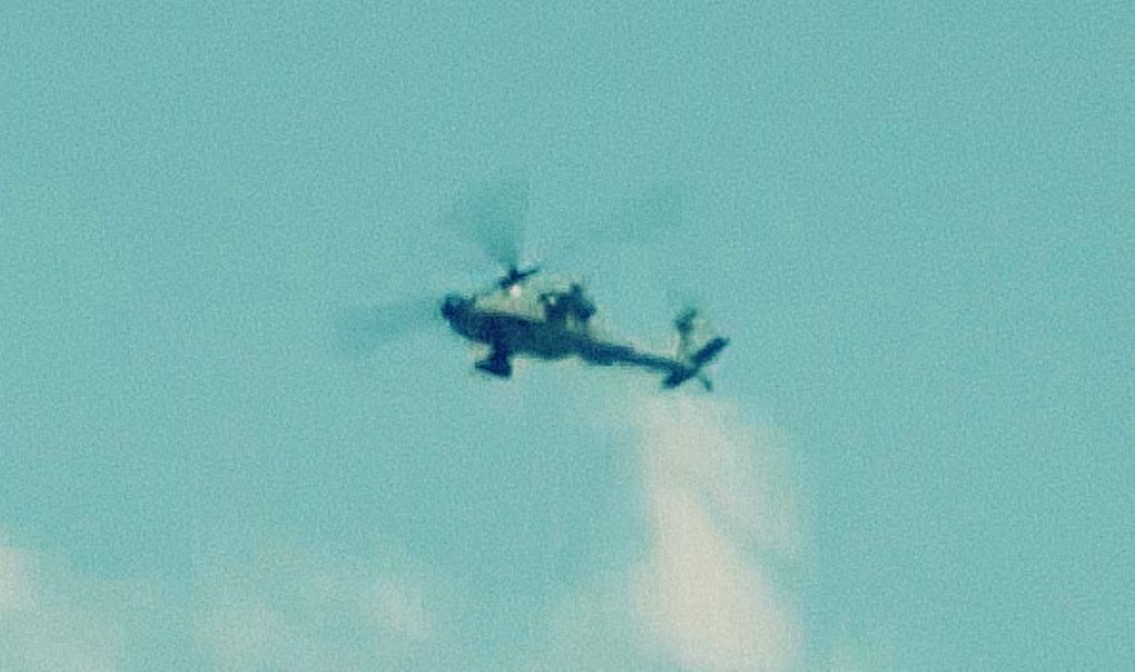
PHOTO / ANI
The Indian Air Force’s new Boeing AH-64E Apache helicopters broke cover in Leh today in what is believed to be their first deployment to the very high altitudes of Ladakh. The Leh air base where the Apaches were spotted operating from today, is at an elevation of over 10,600 feet above mean sea level.
The appearance of the Apaches in Ladakh is immediately significant, coming as it does at a time when an extended military standoff at the disputed border in Ladakh between India and China led to a brutal clash of troops on the night of June 15, resulting the deaths of 20 Indian Army personnel and an unspecified number of Chinese personnel. The fatalities were the first between both countries in nearly half a century of a border peace that has never escalated beyond the occasional brawl.
In this backdrop, the appearance of the IAF Apaches in Ladakh carried clear meaning, and is likely to have been planned specifically as a message to the Chinese government. The helicopters were seen operating openly amidst routine air activity in the area, which included the IAF’s upgraded MiG-29s and Su-30 MKI fighters, both of which have had a fair bit of Ladakh time now.
Aviation journalist Angad Singh tweeted, “Along with the MiG-29UPGs, sends a strong message to the Chinese that our premier aircraft will be operating from close ranges with short reaction times. The Apache itself going there is a good sign — shows confidence in the system and the crews relatively soon after induction. Leh and the high-altitude theatre in general is the most demanding IAF mission. Would have been nice to see the Rudras or LCHs there though — since those platforms are designed from the outset for this ultra-high altitude requirement.“
Leh, situated in an arena like bowl of mountains, is situated about 80 km southwest of the India-China troop standoff points in the Galwan Valley and Hot Springs area, and about 110 km west from the north banks of the Pangong Lake, where Indian and Chinese troops stand less than 500 meters apart in some places.
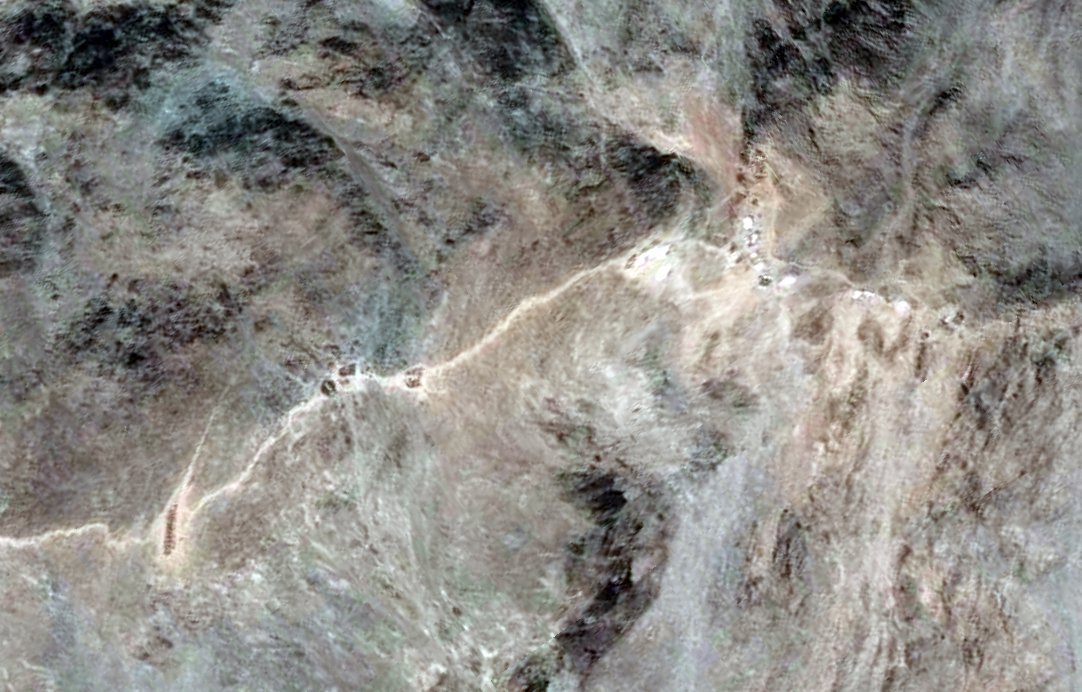
Chinese ridge-top pillboxes on Pangong Tso Finger 4 / COURTESY NATHAN RUSER
The Apaches being deployed in Ladakh is is even less surprising, given specific mobilisations by the Chinese in the past four weeks. In the last two days, satellite imagery analysts have spotted in clear view Chinese armour mobilisations in the Hot Springs area and the emergence of a series of pillboxes along the Finger 4 ridgeline in the Pangong sector.
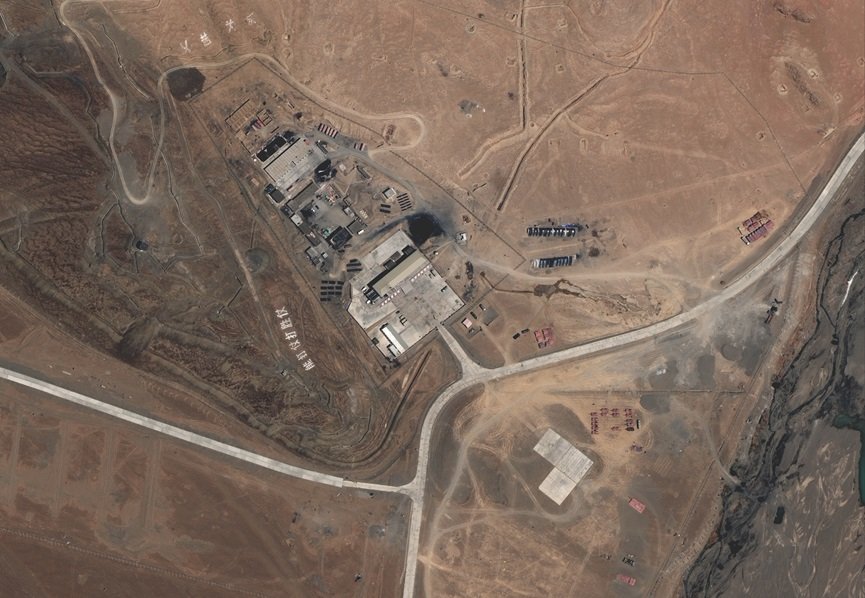
Chinese armour near India’s Gogra Post in Hot Springs / COURTESY DETRESFA
The Apaches, part of the Gladiators squadron based in Pathankot, about 270 km south-west of Leh. The helicopters are less than a year old in Indian service, with deliveries of 22 starting in July last year and squadron being formally inaugurated in September. The Indian Apaches, half of them Longbow versions, come armed with AGM-114 Hellfire air-to-surface missiles, AIM-92 Stinger air-to-air missiles, 2.75″ rockets and and a 30mm chain gun.
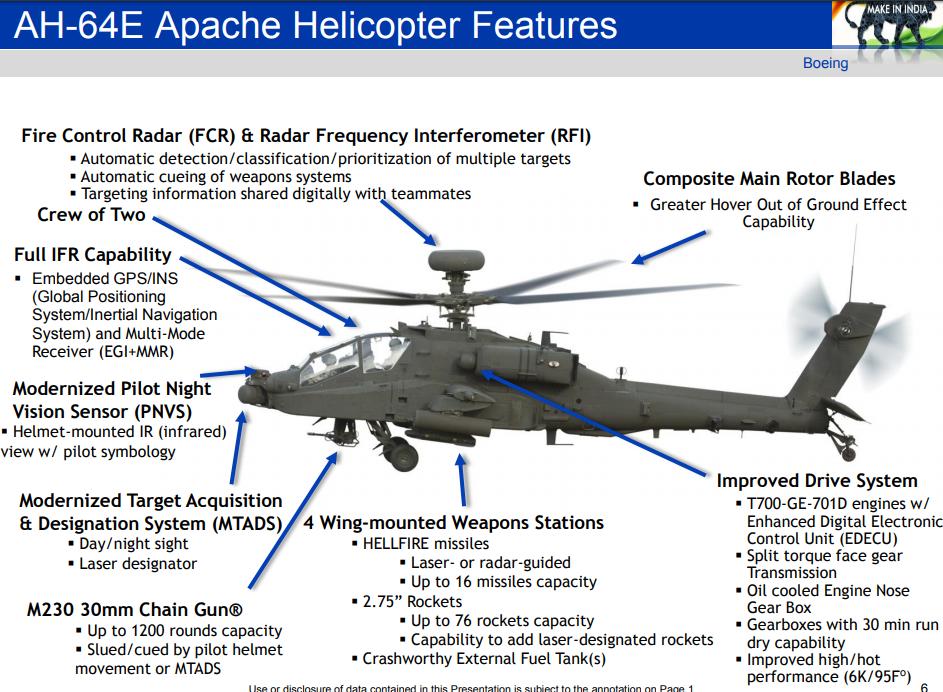
While the IAF has received all 22 Apaches on order, the Indian Army signed up for 6 AH-64Es in February this year. The IAF’s 22 are to operate both at Pathankot near the Pakistan border as well as Jorhat near the China border in India’s north east. While the Gladiators squadron Apaches have been on combat patrol flights near the international border in Punjab over the last few months, today’s images from Leh are their first known deployment in Ladakh.
Livefist reported earlier this week on major progress in India’s LCH program.
The other new American rotorcraft in IAF service, the CH-47F Chinooks have been to Leh before — and are back during the current tensions. Satellite imagery intelligence analyst DetResFa tweeted this image of a Chinook at Leh last month:
Meanwhile, reports emerged yesterday that border tensions would be speeding up Indian contracts for 12 more Su-30 MKI and 21 MiG-29 jets from Russia. It is unclear how soon contract could be signed though.
from Livefist https://ift.tt/2AQPveU
via Live Defense
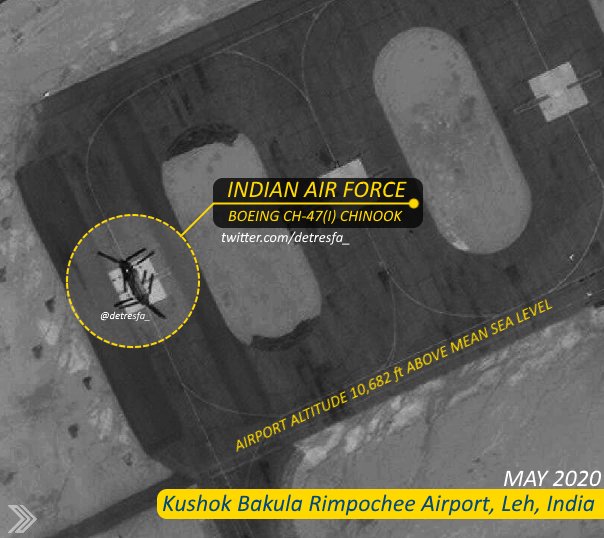

No comments: